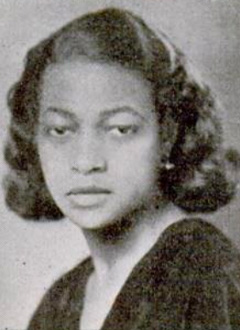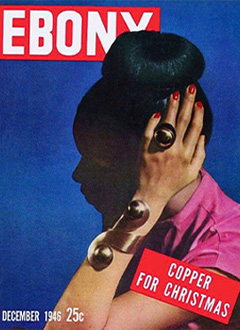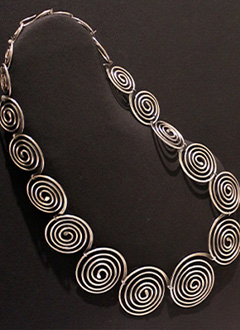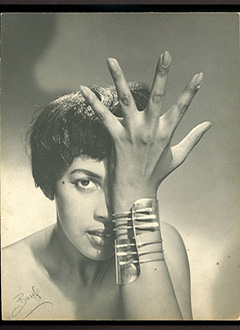Black History Month
Big Apple Style
In honour of October's Black History Month, we have taken a look at two titans of the jewellery industry in New York, who's work and talents blazed a trail that endures and inspires across the world to this day.
Last autumn Sotheby’s ‘Brilliant and Black: Age of Enlightenment’, sales exhibition was staged in London which showcased, ‘The extraordinary skill, imagination and craftsmanship from the world’s leading Black jewellery designers.’
The exhibition at Sotheby’s featured over 70 designs by 25 contemporary Black designers showcasing the main theme of ‘enlightenment’.
So this Black History month, we take a look at two of the 20th century’s most influential black jewellers who paved the way for today’s designers to showcase their works around the world through their imagination, flair and resilience.
We start with a phenomenal woman from Brooklyn who’s amazing and inspirational work helped mould another star of the jewellery world that became one of the first significant African-American jewellers.
We think you’ll agree that these two icons of the jewellery world have hugely influenced and paved the way for designers today to express their dreams and aspirations in jewellery form.
Winifred Mason
This amazing woman is thought to be the first commercial African-American jeweller in the United States.
Born in 1912 in Brooklyn, Winifred graduated with a BS in English Literature in 1934 and then an MA in Education in 1936. She then moved to teaching youth metalworking skills where she met Art Smith, but more about him later.
Her first pendant made from bronze, copper and silver appeared in 1940 and requests for her one-of-a-kind pieces started flooding in.


Winifred Mason in 1936,
pictured in The American Negro in College, 1935-1936.
She counted among her celebrity clientele the beautiful jazz singer Billie Holiday, and her one-woman jewellery exhibitions were showcased across the country as well as in Haiti.
After a horrific incident in 1963 where her husband Jean Chenet was murdered, Winifred returned to New York. In 1990 she was honoured by ‘Girls Friends’, which is an organisation for Black women, with whom she served as vice president of their Brooklyn chapter in 1939, championing other black female artists. She passed away in 1993 aged 81.
You can find some of her work at the National Museum of African American History & Culture in Washington.
Through her Greenwich Village studio she met and employed a young Arthur (Art) Smith whose self-taught metal smithing created some of the most iconic pieces around.
You can find some of Winifred's work at the National Museum of African American History & Culture in Washington.
Art Smith
One of the most influential designers, responsible for everyday wearable pieces is Art Smith 1917-1982, who was one of the leading modernist jewellers of the mid-20th century. His ethereal swirls were inspired by surrealism and primitivism and the self-taught metalsmith was one of the few Afro-Caribbean people in his field to receive international recognition.
Throughout his career he was subjected to racist attacks and his shop was targeted several times, this only strengthened his resolve to be an active supporter of black and gay civil rights. He worked in New York’s Greenwich Village right up to 1979, just a few years before his death.
A pair of Art Smith’s modernette cuffs like those pictured above, are currently selling for nearly £60,000 and other examples of his innovative works were showcased in 2011 at the Brooklyn Museum and are on permanent display at the Museum of Modern Art and the Boston Museum of Fine Arts. Further reading about Art Smith can be found here.



